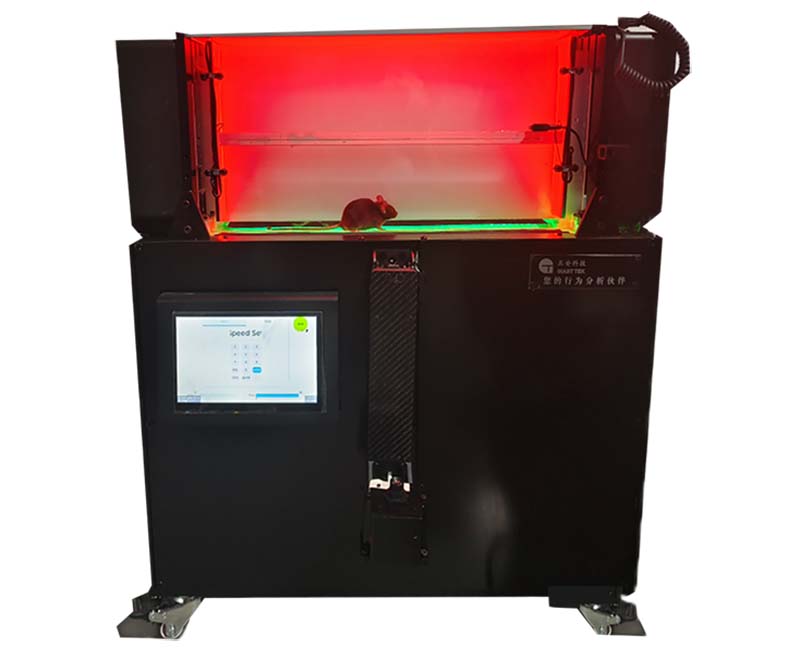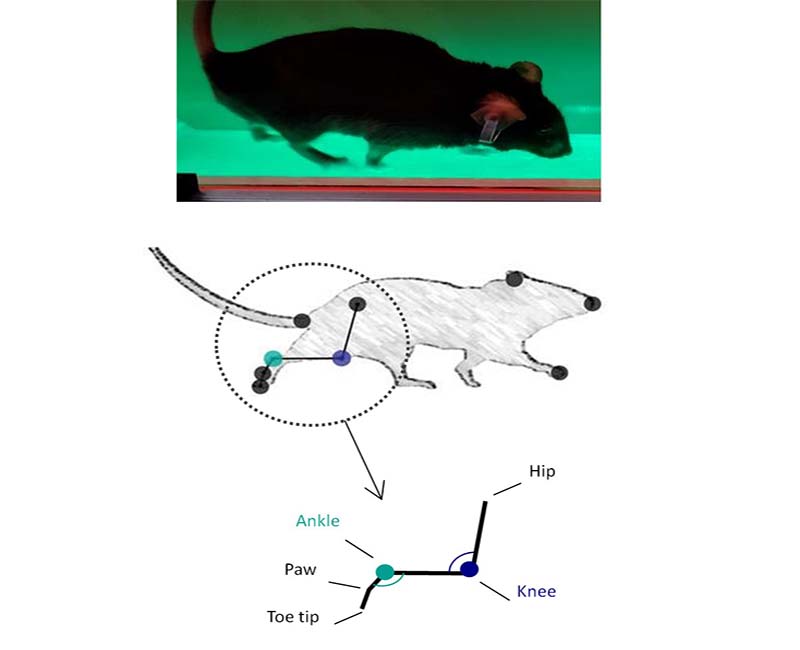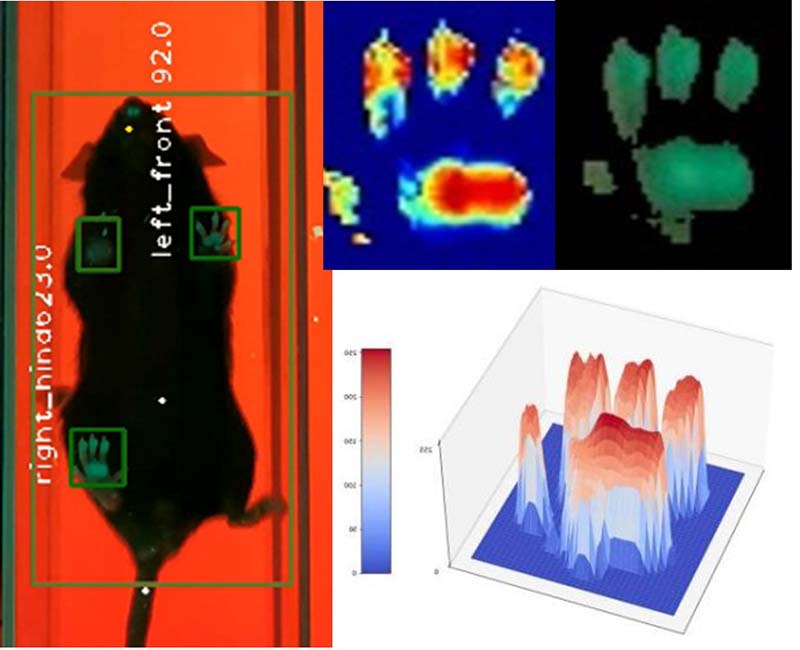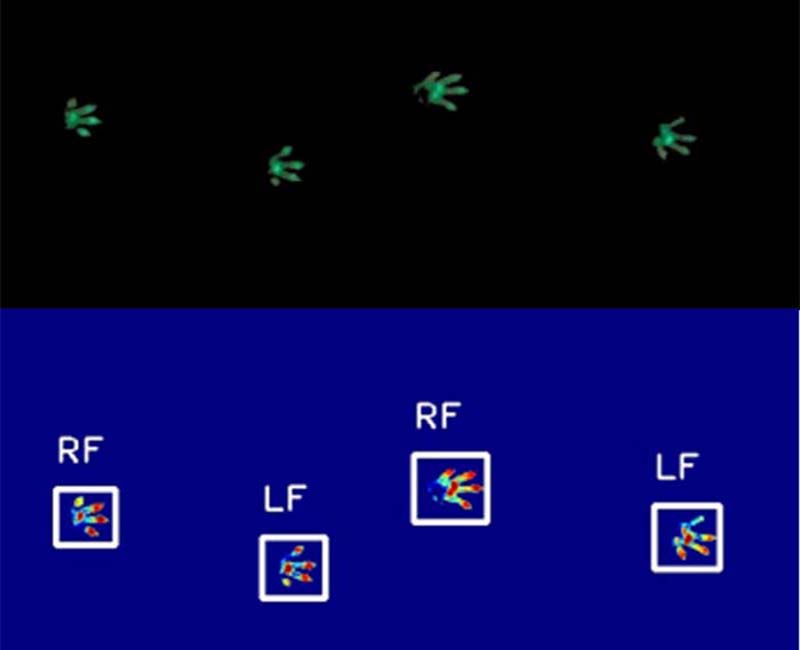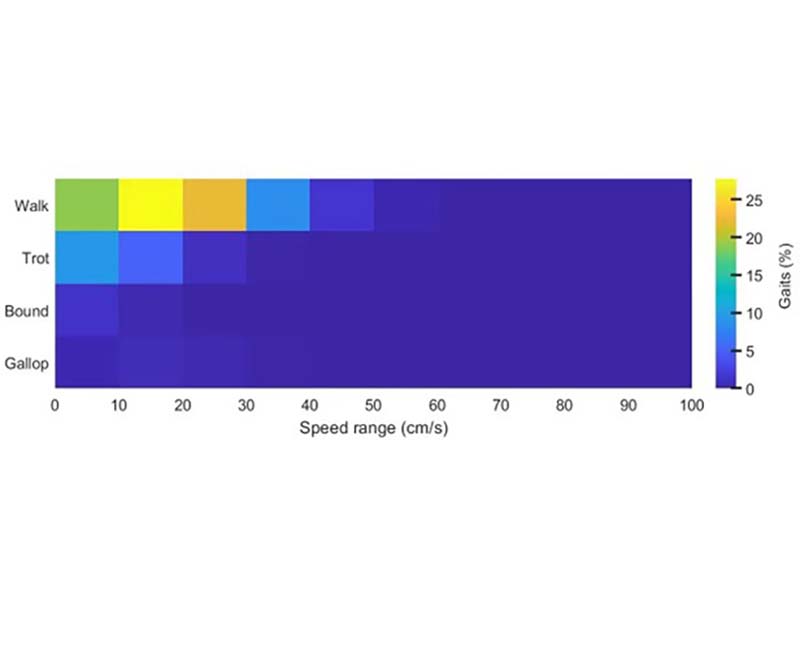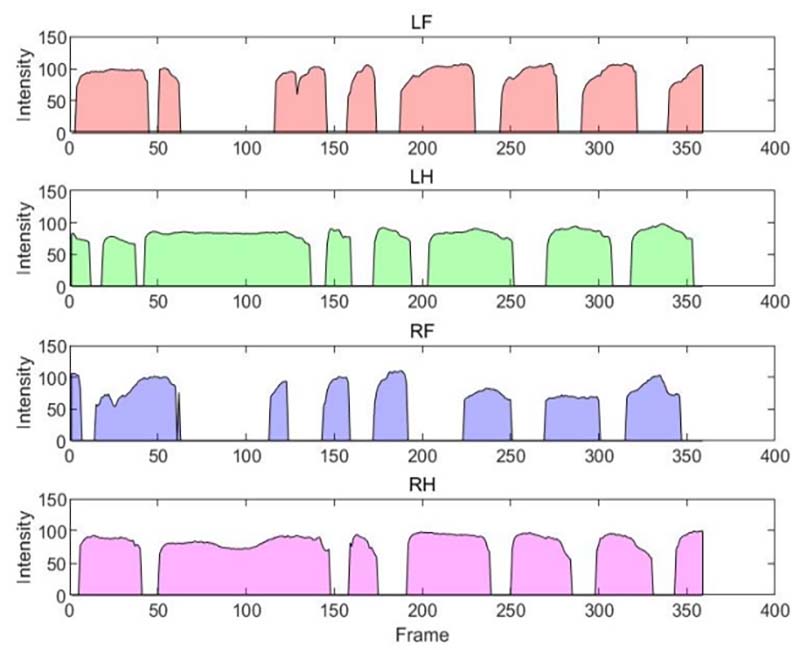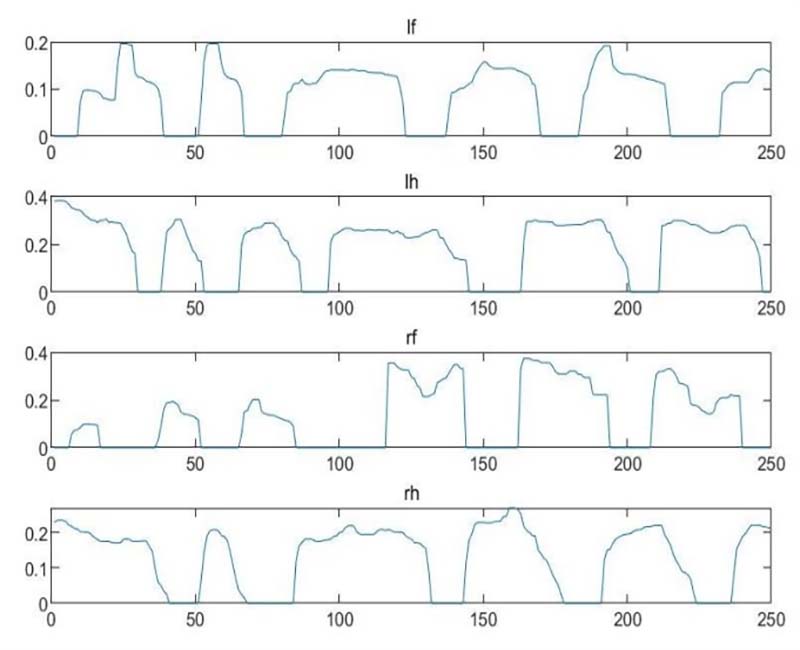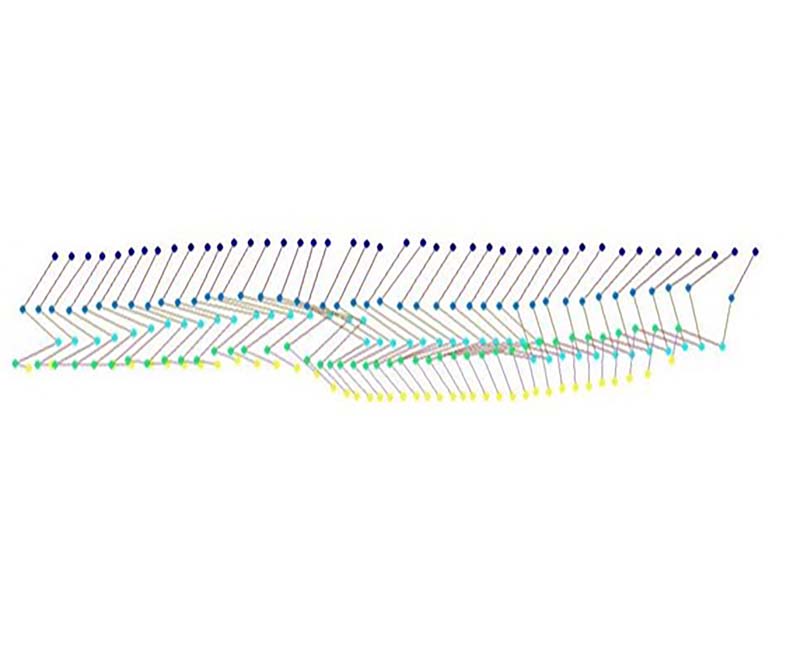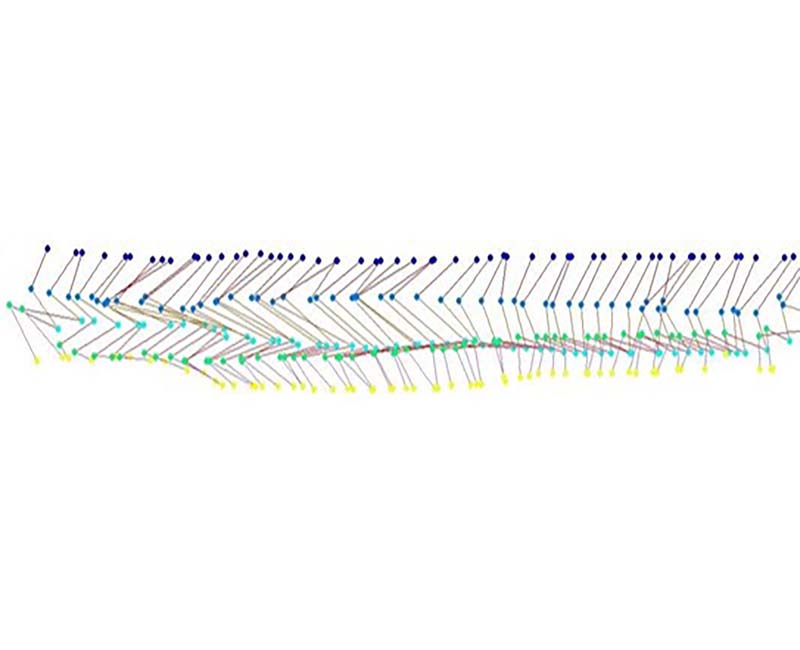Running table gait analysis system
The GAT-Gait running platform gait analysis system can place experimental animals on a treadmill and force them to walk or run when the track rotates. During this process, the gait of the experimental animals is recorded through two high-resolution cameras perpendicular to each other.The system analyzes plantar gait and lateral joint posture. The system uses footprint light refraction technology to detect and analyze the walking cycle and posture corresponding to the disease, and then evaluate the degree of impact of arthritis, nerve damage and other diseases.It can be used to study the motor functions of model animals such as nervous system injuries, muscle-related injuries, bone and joint diseases, and trauma.
Features
The running speed of the treadmill is adjustable, up to 2.5m/s
Runway length and width can be customized, suitable for mice, rats, guinea pigs, rabbits and other animals
Closed camera and lighting system allows gait experiments in any lighting environment
Shooting and analysis with both downward and side directions
